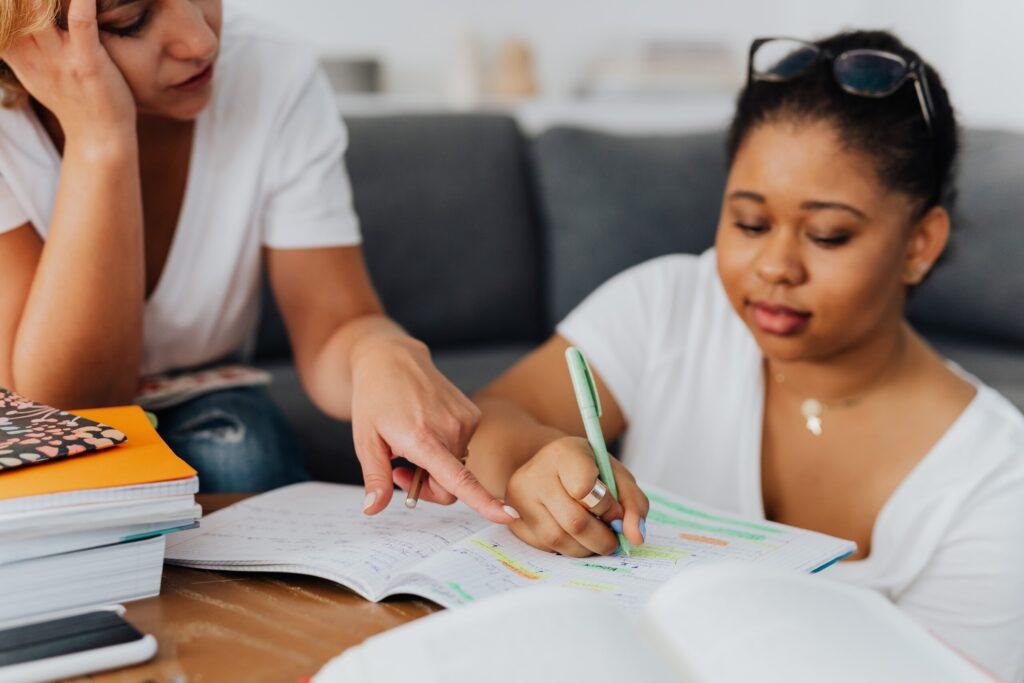Strengthening Relationships: Three Tips for Secure Attachment
- Category: Rachel Rutkie
- October 8, 2024
Building a Secure Attachment: Three Simple Practices to Strengthen Your Relationships
Relationships are one of the most rewarding yet challenging aspects of life. Whether you’re navigating a romantic partnership, a friendship, or even family dynamics, the way we connect with others often reflects our attachment style. For many, secure attachment—where you feel safe, valued, and connected in relationships—doesn’t come naturally. But the good news is that you can build a more secure attachment, even if it’s not your default. Here are three simple practices to help you start building strengthening relationships.
1. Embrace Your Own Feelings
The first step in building a secure attachment is to become more comfortable with your own emotions. This might sound simple, but it can be surprisingly challenging. We all experience emotional distress from time to time—whether it’s anxiety, frustration, sadness, or even fear. How we handle these feelings can greatly impact our relationships.
One powerful way to do this is by practicing something called distress tolerance. Distress tolerance is the ability to sit with your uncomfortable emotions without immediately trying to fix or escape them. The more you practice this outside of your relationships, the better you’ll be able to handle difficult emotions when they arise within your relationships.
Imagine your partner gives you some tough feedback, or you have a disagreement. If you’re able to tolerate your own emotional distress—rather than reacting impulsively or shutting down—you’ll be in a much better position to respond thoughtfully and constructively. This doesn’t mean ignoring your feelings but rather giving yourself the space to feel them fully without being overwhelmed.
So, the next time you’re feeling emotionally triggered, take a moment to pause. Notice what you’re feeling, and allow yourself to sit with those emotions for a bit. By practicing this regularly, you’ll find that you’re better able to show up for your partner in a calm, secure way.
2. Challenge Your Assumptions
We all have assumptions about why things happen in our relationships. Maybe your partner didn’t call you back, and your mind jumps to the conclusion that they’re upset with you or pulling away. These assumptions can quickly spiral into larger narratives that can create unnecessary tension or conflict.
One key to strengthening relationships is learning to challenge these assumptions. Instead of immediately assuming the worst, try slowing down and recognizing that you don’t actually know what’s going on. It’s natural to want to fill in the gaps when we don’t have all the information, but this can lead to misunderstandings and unnecessary stress.
Next time you find yourself making an assumption about your partner’s behavior, take a step back and remind yourself that there could be many explanations. Maybe they got caught up at work, or perhaps they’re dealing with something personal that has nothing to do with you. By challenging your assumptions and being open to other possibilities, you’ll be less likely to react impulsively and more likely to approach the situation with a calm, secure mindset.
This practice is all about creating space for curiosity and understanding, rather than jumping to conclusions. It’s a way of saying to yourself, “I don’t know the whole story, and that’s okay.” This openness can lead to more thoughtful, less reactive interactions with your partner, which is a key component of a secure attachment.
3. Practice Direct Communication
Communication is the backbone of any healthy relationship, but it’s especially important when you’re working on building a secure attachment. Effective communication means being clear about your needs, your feelings, and your boundaries, rather than expecting your partner to read your mind or pick up on subtle hints.
If something’s bothering you, or if you need something from your partner, it’s important to communicate that directly. This doesn’t mean being confrontational or demanding—it’s about being honest and straightforward in a way that invites collaboration and understanding.
For example, if you’re feeling neglected because your partner hasn’t been as responsive as usual, you might say something like, “I’ve noticed we haven’t been talking as much lately, and I’m feeling a little disconnected. Can we talk about what’s been going on?” This approach is clear and respectful, and it opens the door to a conversation where both of you can express your needs and work together to find a solution.
It’s also important to remember that you don’t need to have everything figured out before you start the conversation. Strengthening relationships isn’t about perfection; it’s about being willing to engage with your partner in an honest and open way, even when things are messy or uncertain.
Putting It All Together: A Path to Strengthening Relationships
Building a secure attachment takes time and practice, but it’s a journey well worth taking. By embracing your own feelings, challenging your assumptions, and practicing direct communication, you can create stronger, healthier connections in your relationships.
Remember, it’s okay if this doesn’t come naturally at first. Like any new skill, it takes time to develop. The more you practice these strategies, the more they’ll become second nature, and the more secure you’ll feel in your relationships.
And as always, don’t be afraid to reach out for support if you need it. Whether it’s talking things through with a friend, a therapist, or your partner, sometimes just having someone to listen can make all the difference.
Here’s to building more secure, fulfilling relationships—one step at a time.



